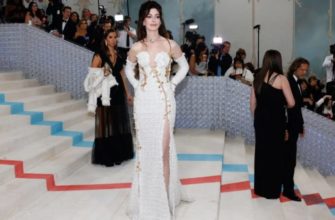Optical illusions are fascinating tricks that deal with the way we see things and make us question what is real. They use color, pattern, and depth to create pictures that surprise us.
Artists and scientists use these illusions to learn how our brains make sense of what we see. From pictures that look like different things to tricks using size and perspective, these puzzles grab our attention and make us think about how we see the world.
The cool thing about optical illusions is that they tell us that our eyes don’t always see the truth. Our brains can sometimes create these illusions and guess or fill in the missing pieces.
Imagine a picture that seems to be moving, but upon closer inspection is completely still. There are also pictures that appear to change shape or color after you look at them for a while.

These tricks happen because our eyes and brain do not always understand things in the same way. That is the optical illusion.
In this optical illusion, find three differences between the two bear pictures. The time is only 12 seconds! This optical illusion is a test to see how quickly you can notice small changes.
To play, look closely at the two photos of the two bears. Check to see if the bears are in different places or if anything has changed. It might be a different color, or something in one photo might not be in the other.
Only a true observer would be able to spot the three differences in the bear photos in less than 12 seconds!
The big challenge is quickness! If you can spot three changes in just 12 seconds or less, you are amazing! It shows that you are good at spotting small details and understanding things super fast.
This game is like a test for your eyes and brain. Not only is it fun, but it shows how well you pay attention and spot the differences. Now, get ready and good luck! See if you can spot a sneaky change in just 12 seconds.
Only a true observer can spot the three differences in the bear’s picture in less than 12 seconds.

In this Optical Illusion, the challenge is to find three differences between two pictures of a bear. Look closely at everything in the pictures: the bears, the background, and the small objects around them.
Sometimes things may be different colors, in different places, or something may be missing or added.
But here’s the catch: you only have 12 seconds to spot these differences! It’s like a fast race against the clock: you have only 12 seconds to find the difference.
Sometimes these differences can be super small, so you have to be really sharp and fast to find them. But don’t worry if you can’t find all three.
Only a true observer will be able to spot three differences in a bear photo in less than 12 seconds.
The first difference is the trees. Look really closely. Next, notice what is near the bear’s feet. And finally, look at the grass.
That is where the tricky changes are hidden! Remember, it’s not just about finding differences. It’s also about having fun and trying new ways of looking at things.









